These Flies Entice Runners
(this post recycled and annotated)
They Work Wonders

-------

.. Just a note to remind you that the
Madison River will soon be just chucky-jam-full of fresh fish from
Hebgen Reservoir.
.. The combination of impending winter, (less food,) and the urgency of procreation, (more energy used,) join forces to make the following flies worthwhile.
.. Below is a recap of the flies that the neighbors have in their boxes. Many of these flies are so mundane and pedestrian that the "pros" and feather merchants don't even talk about them. Those folks would not seem to be experts if they didn't have something "new and different." Many of these old flies are still around because the just plain work.
.. We direct your attention to the
Baker's Hole Bugger at the bottom of the post. This is as close as it comes to a guaranteed catcher of fish in the early portion of "runner madness" - which is now. This fly has really caught on with a select bunch of hard core fishers that start early and continue to the end of the Fall run.
-------

..
Thunder Creek. When was the last time you heard someone recommend that old fossil? Who do you know that fishes it? They are either very good liars or just plain secretive.
.. The trout in the
Madison River haven't seen many of these. They usually eat the ones that they see. Fish it on the swing. Let it straighten out. Wait a little while then strip it in real fast. Old ways. This specimen, (rust, dead head cement and all took a very nice fish below 7-mile bridge a couple of years ago. A fresh one scored again last Sunday at the
Duck Creek Tailwater.)
)N.jpg)
.. Original
Olive Matuka. These are tied commercially but their sales are way off. Although infrequently used these days, there is probably one in your fly box. There may be several tucked away in the corners. They most probably are unused and forgotten. Drag one out and give it an honest try. The early morning is a good time for the darker ones. Dead drifted or rapidly stripped downstream in the undercuts, it may just surprise you.
.

.
Chenille Matuka. Bright and boisterous, this variant is also tied commercially. It looks too gaudy for most "serious" fishers. It is a visual disaster in just about any fly box. It's not on the lips of the romantic poets of Yellowstone lore. Yet this variety is as good as or better than the original. The tail is splayed and provides nice action in the depths of dark pools. Sizes up to #4 and 4XL are not uncommonly found stuck in the noses of eager trout in the willows
below the Highway 191 bridge, (you will have to walk to get these skulking monsters.)

..
Bead Head Rubber Legs. There are a bazillion rubber legs flies. They have secret names as well as commercial names.
.. They can be "Silli" - "Spooky" - "Madisoned" - "Fireholed" - and "Henry's Forked."
.. We use several of them this time of year and all are just grand. This one may be the grandest of all. It gets down quick and is good for 'snap-casting' right above the big roll that ended with a baby splash just over your left shoulder. The combination of long hackle, wiggly legs, copper wire. and a prickly body are often irresistible when slow-drifted across the bottom of a dark pool at sunset.

..
Guide's Secret Rubber Legs. Not a secret any more. Seven or eight years ago this pattern was hidden in dark places and fondled frequently in anticipation of Fall fishing.
.. There are many variations of this fly: the chenille, the number of legs, the head and tail treatment, the size and hook. All seem to work just fine. There are now many commercial versions. Some of the local, (Cameron, Ennis, West Yellowstone,) versions are still proprietary. Secret sources for components seem to be the key factor in the proprietary hodge podge. So be it.

..
Hackle & Legs. Here's another rubber legs pattern that has been embellished with long widely spaced palmered hackle. This one can be made to float with enough goo, or what ever is your favorite flotant. The many dimples create little lenses that allow the light to be seen. Strikes can be explosive - especially after a slight twitch.
.. The fly can also be drowned or fished on the swing in the film or down deep. It reminds us of an augmented
Wooly Worm. It's good for a change of pace and is an excellent conversation piece.

..
Woolly Worm. The poor thing: fallen into disuse and disgrace. Often mentioned in the same sentence as the
San Juan Worm. The Fall sizes and variations are not within the traditional range for this old sweetheart, (how many do you have?) Sizes in the 2 - 6 range are not uncommon. Long hooks are used by the neighbors. Red buck-tail is used for an afterburner. Very long, (for hook size,) hackle is the norm for this time of year. Traditional yellow and black are frequently the choice for the area around the
Barns Holes and the
Local Hole #1. More often, the last couple of years has seen hot orange or bright rust being chosen for the big water just above the estuary.

..
Pheasant & Blue. This streamer is a staple along the
Washougal River in Washington and on the upper
Clearwater River in Idaho. The pheasant rump feathers are popular in both steelhead and salmon fly patterns. Fishers on the
South Fork of the Snake River in both Idaho and Wyoming have used this pattern for a couple of decades to take large migratory cutthroat trout. This pattern is now finding it's way into secret stashes of some of our neighbors. We've not used it but they swear by it - and at it.

..
Brindle & Hen. This popular fly from Northern California locations around Hoopa, Eureka, and Salyer has been modernized by the recent explosion of color in chenille. Similar in form and function to the classic Brindle Bug this fly is not just another pretty face. Tied with a heavy wire under-body it bounces through deep riffles with undulating sex appeal and is hard to resist by submarines parked in the dark spots during mid-day. This is a useful probing fly when tied with no underwire support and the action is leech or eel like. Just the groceries a fresh-run fish is looking for.

..
Bead Head Glitter Nymph. This monstrous cousin to the standard pheasant tail nymph is persistent in the repertory of the big-fish catchers in the neighborhood. It's easy to tie in sizes 4 - 8 and makes an excellent fly for the low clouds and bright overcast days of late September and October. It has nearly replaced the Casual Dress in our box and we don't regret it. Bleached goose biots are becoming rare these days. White will work just fine - or do some yourself.

..
Sinking Hopper. It's nearly time for the sheep to call it quits on their hopper box. The feather merchants have run low on their stash and are touting the flies of fall. Grasshoppers in the high country continue to grow and molt through the first couple of weeks in October. A hard frost will "knock 'em down" for a while.
.. A couple of warm days, (even after snow,) will kick some life into them. Drowned, this fly is a nearly irresistible morsel for the big resident trout and a rare treat for the lake run fish of the
Madison River.
.. Many of our strangest neighbors use this as a dropper behind a big streamer such as a Woolly Bugger, Egg-sucking Leech, Chamois Leech, or a Brindle & Hen. Common practice is to soak the little dickens in water for a day or two and let the river do your shopping for you.

..
Dark Spruce Fly. This classic has persisted despite the hawking of "more modern" flies. There are many variants and they seem to be quietly proliferating. We prefer ours tied a bit on the sparse side and choose to use a barred furnace hackle tip of a mahogany color rather than the traditional golden badger hackle.
.. This pattern is old, (1918 - 1919,) and was originally called the
Godfrey Special. It was a premier sea-run cutthroat pattern for over half a century. It is still seen along the
Madison River, and steelhead streams most everywhere. This is just the tonic for jaded trout around
Baker's Hole and the
Barns Holes.

.. As always the
Light Spruce Fly is doing it's share of catching as well. Many of the neighbors fish it as a matter of course. With a short leader and a herky-jerky strip in a deep dark pool it will allow you to see the fly and the take. It seems to work best at mid-depths - but will take fish throughout the water column.
.. The very adventurous casters in the neighborhood run this in tandem with the
Dark Spruce Fly or a
Little Brown Trout. If your casting action is powerful, smooth, and practiced this is a killer combination.

..
Furnace & Red. This fly has been a staple for our Fall and Winter fishing since sometime in the late 60's. A couple of dozen were a gift from a fly fisher in Pocatello, Idaho. He may have "invented" it.
.. The name was roughly translated as "BOB'S FLY" - Google shows nothing quite like it by that name. It's a dark fly that is sometimes stripped cross-current at night or in the twilight. It's caught a few big fish. A few of the ancient neighbors here and in I.F. use a similar fly - with different names. (The eyes are Herter's NOS. We have zillions of them and previously thought they were important - works just as good without them.)
..

The
Little Brown Trout. Dear to the hearts of Montanan's that love our cutthroats. There is a satisfying surge of glee, (it arises somewhere between the epitome and id,) when one of these little flies gets eaten. This old pattern is seen in most fly boxes and is only occasionally used. It is special only in the hearts and minds of ancient neighbors that remember what a glorious bit of water the
Snake River was without the scourge of the invasive Brown's. Fish it like the little streamer that it is. Shallow riffles, deep undercut banks, and deep slicks are it's prime hunting ground. Even the Browns will eat it.

..
Stonefly Nymph. They live here. They get dislodged. They float around in the water column and get eaten all year long. Of course they are a Springtime religion, but the trout will eat one that's floating by any time of year. Often the older neighbors tell us to "hit 'em in the nose." That's good advice if you know where the noses are.
.. The mundane task of systematically covering a run in the Fall is a bit tedious. It is also rewarding when using any of the many stonefly imitations. Like a dog with a bone, the fish grab it, shake it, and hold onto it with a fierceness like unto a virgin prom queen in the back of an S.U.V.
-------

..
Baker's Hole Bugger. Straight from
Blue Ribbon Flies &
Whiskey Creek Fishing comes a fly designed specifically for the water around
Baker's Hole. It's a fly that has been "making the rounds" for a few years and shows some staying power. Although supposedly designed "for Brown Trout" the fly is just fine for pricking hungry trout of any stripe.
.. Quite a few of the neighbors are aficionados of this fly and have already shortened it's name to
"Baker's Bugger." They fish it all year long. The fly uses standard
Brindle Bug chenille and a two toned tail similar to the
Brindle and Hen. All of these long-tailed buggers have been getting more attention during the last decade. Probably a good reason for that.
-------
.. Here's a view of the Junction Pool. It will help you navigate through the elbows.

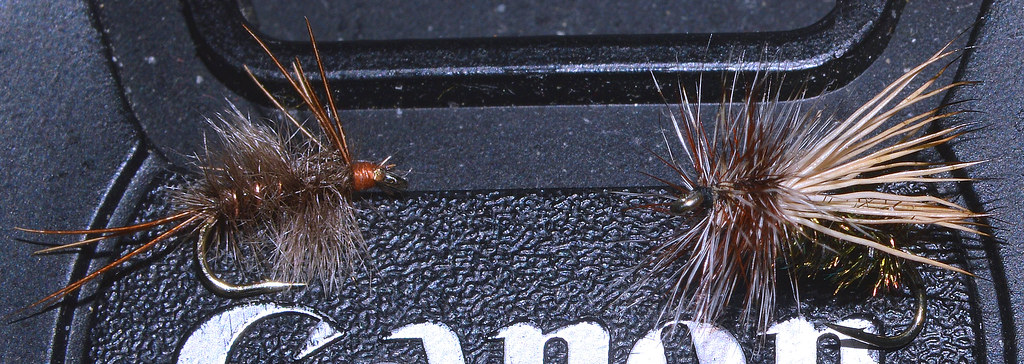
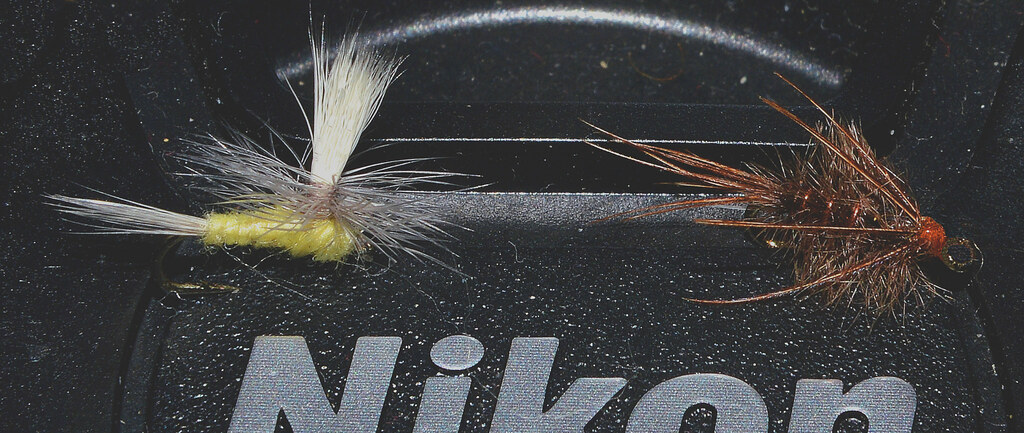
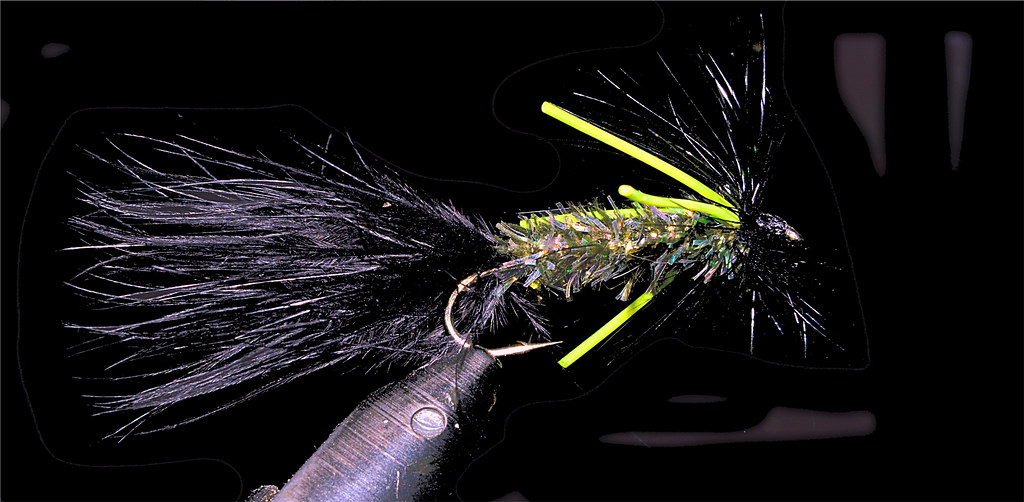








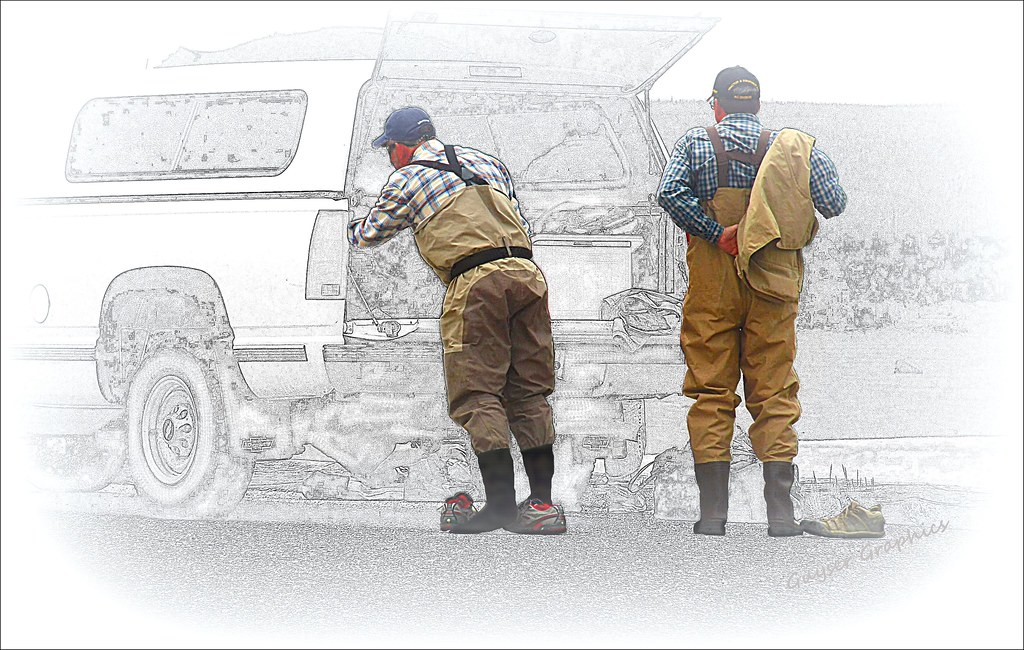



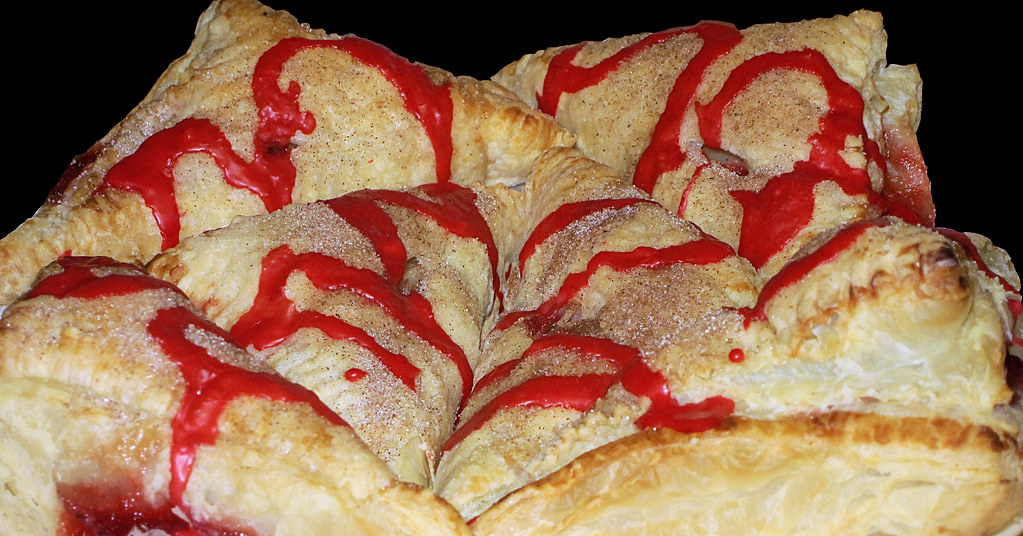




)N.jpg)
















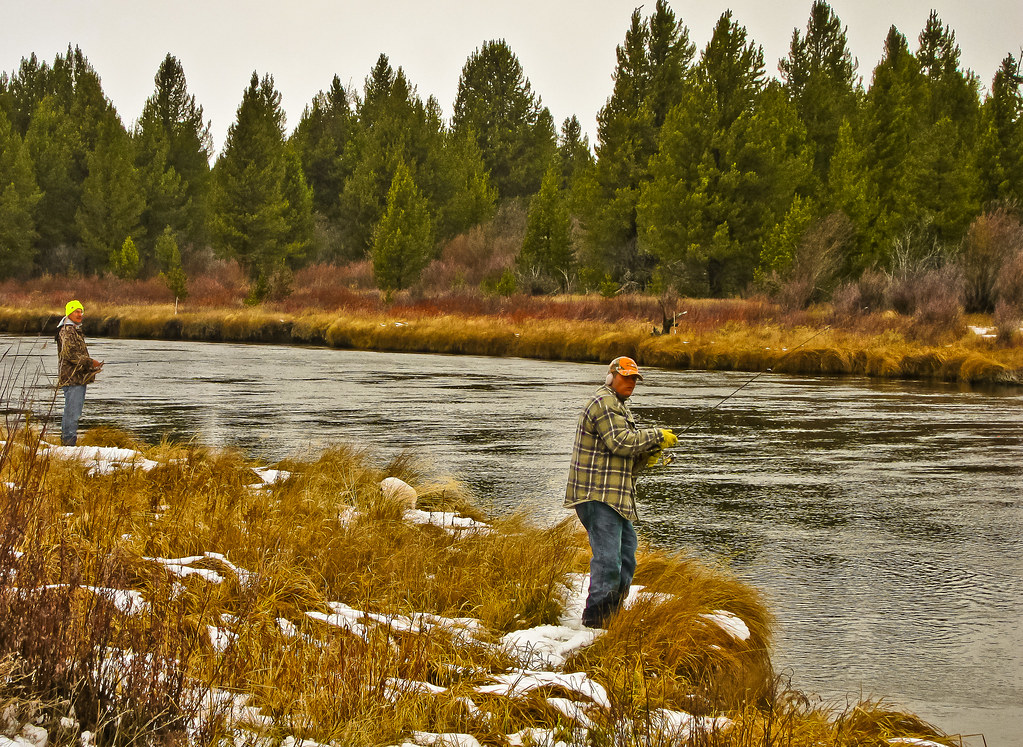

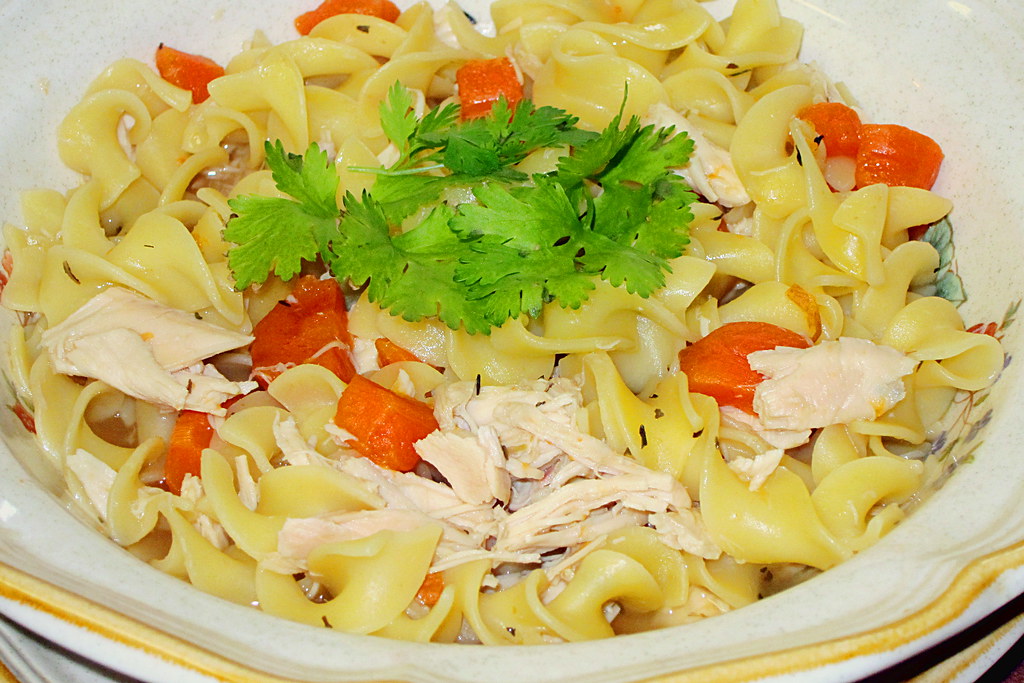

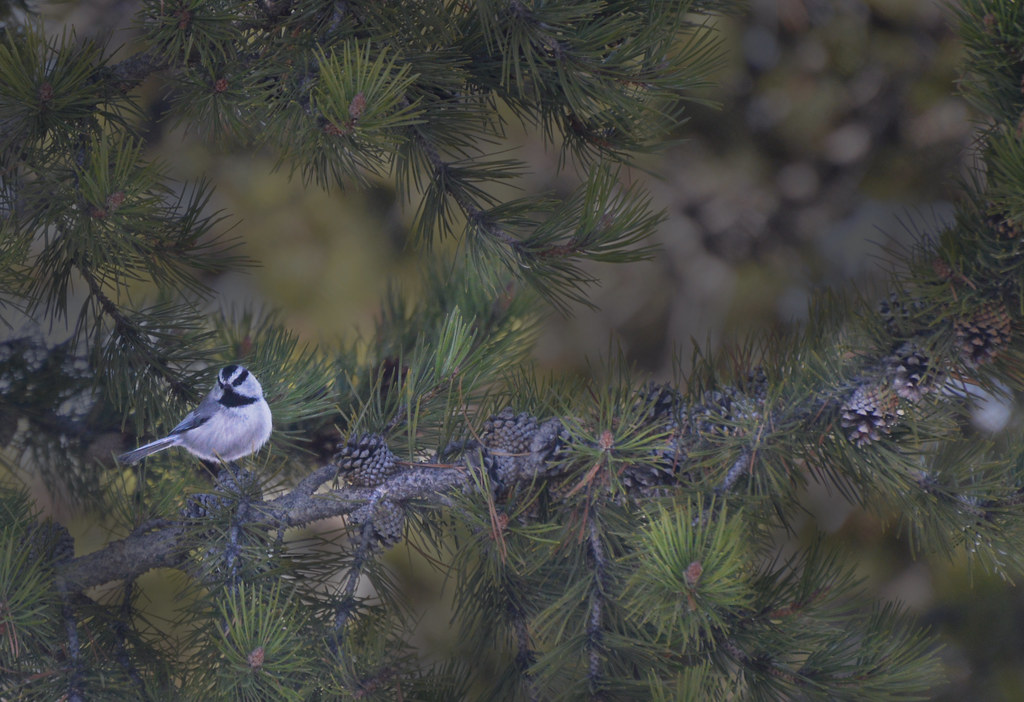

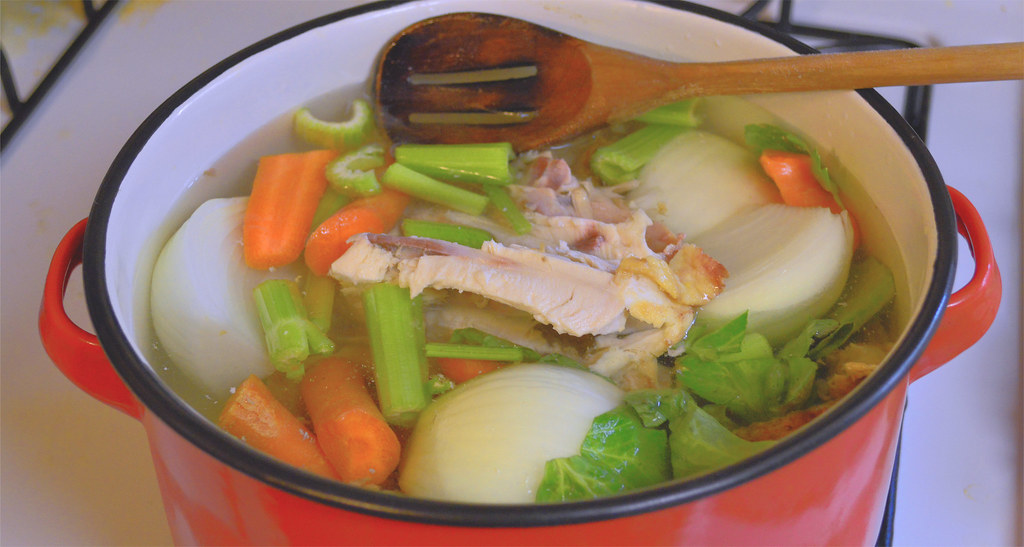
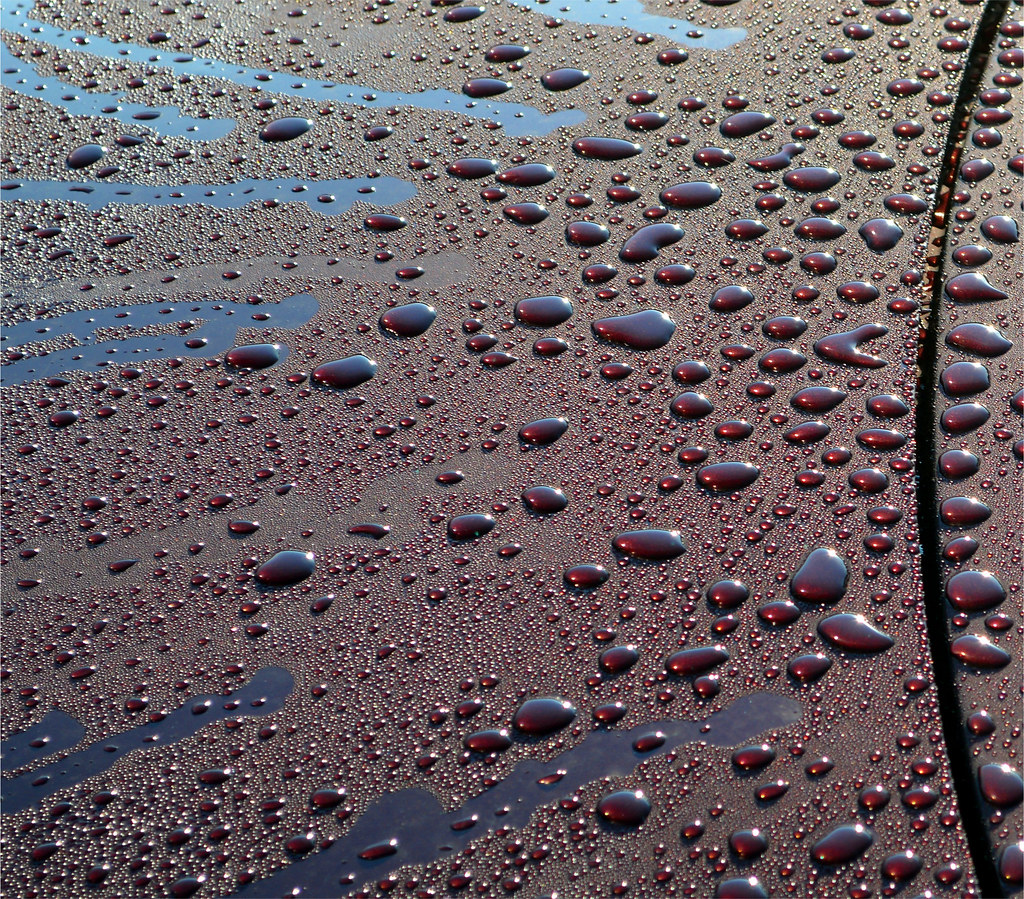





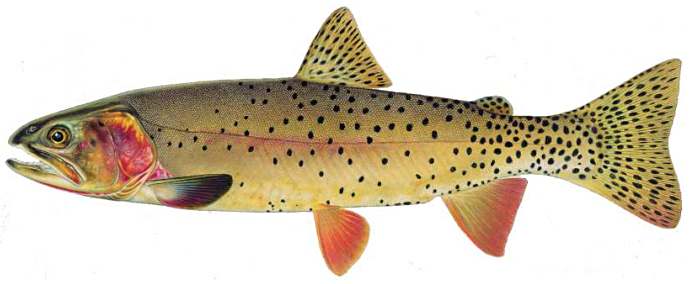

.jpg)




